Two particles P and Q are initially at rest and 1 m aparts. P has a mass of 1 kg and Q a mass of 3 kg . P and Q attract each other with a constant force. At what distance from P's original position do the particles collide?
The correct Answer is:0.75 m
Step by step video, text & image solution for Two particles P and Q are initially at rest and 1 m aparts. P has a mass of 1 kg and Q a mass of 3 kg . P and Q attract each other with a constant force. At what distance from P's original position do the particles collide? by Physics experts to help you in doubts & scoring excellent marks in Class 11 exams.
Topper's Solved these Questions
- BOOK - NN GHOSHCHAPTER - MOMENT, TORQUE, EQUILIBRIUM OF BODIESEXERCISE - Exercises33videos
MOMENT, TORQUE, EQUILIBRIUM OF BODIES
- BOOK - NN GHOSHCHAPTER - LAWS OF MOTION, FREE BODY DIAGRAMEXERCISE - Exercise (B)34videos
LAWS OF MOTION, FREE BODY DIAGRAM
- BOOK - NN GHOSHCHAPTER - ROTATIONAL DYNAMICS, MOMENT OF INERTIAEXERCISE - Exercises42videos
ROTATIONAL DYNAMICS, MOMENT OF INERTIA
Similar Questions
In figure-6.105, particle A has a mass of 1.4 and particle B has a mass of 3.1kg. What is the gravitational field at point P ?
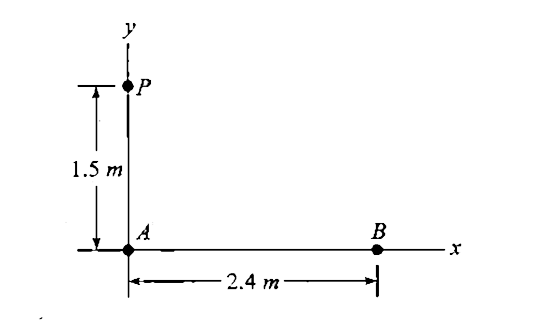 View Solution
View SolutionTo particles P and Q are initially 40 m apart P behind Q. Particle P starts moving with a uniform velocity 10 m/s towards Q. Particle Q starting from rest has an acceleration 2m/s2 in the direction of velocity of P. Then the minimum distance between P and Q will be
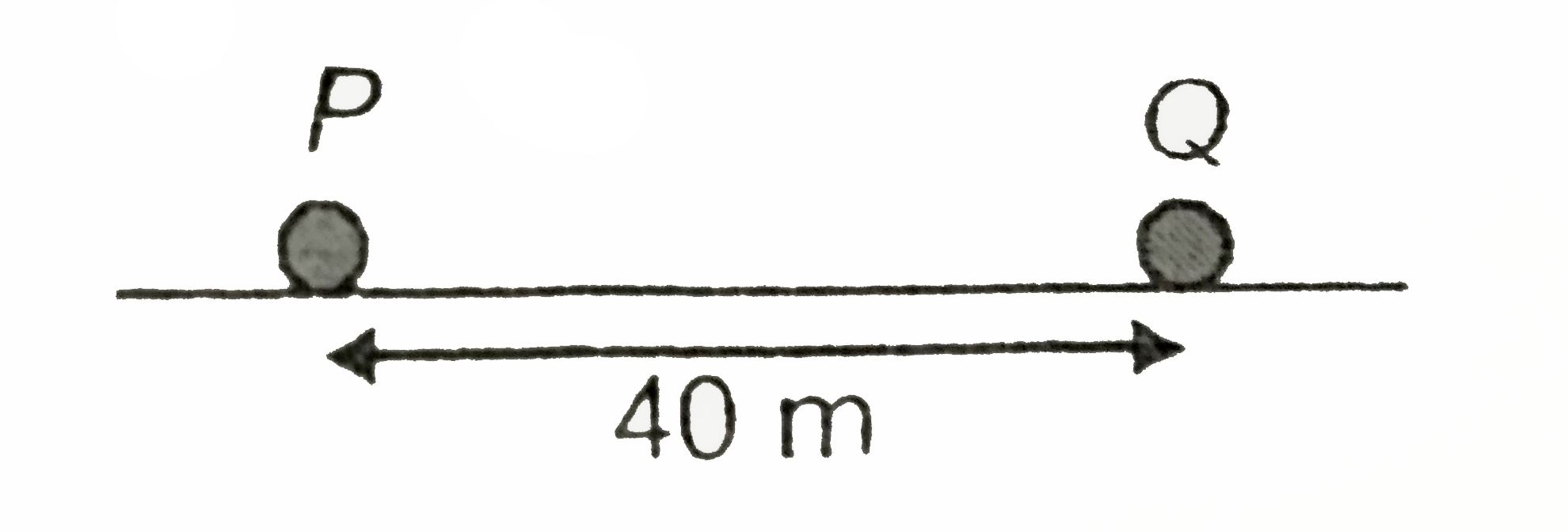 View Solution
View Solution
Knowledge Check
- Question 1 - Select One
Two particles P and Q are moving as shown in the figure. At this moment of time the angular speed of P w.r.t. Q is
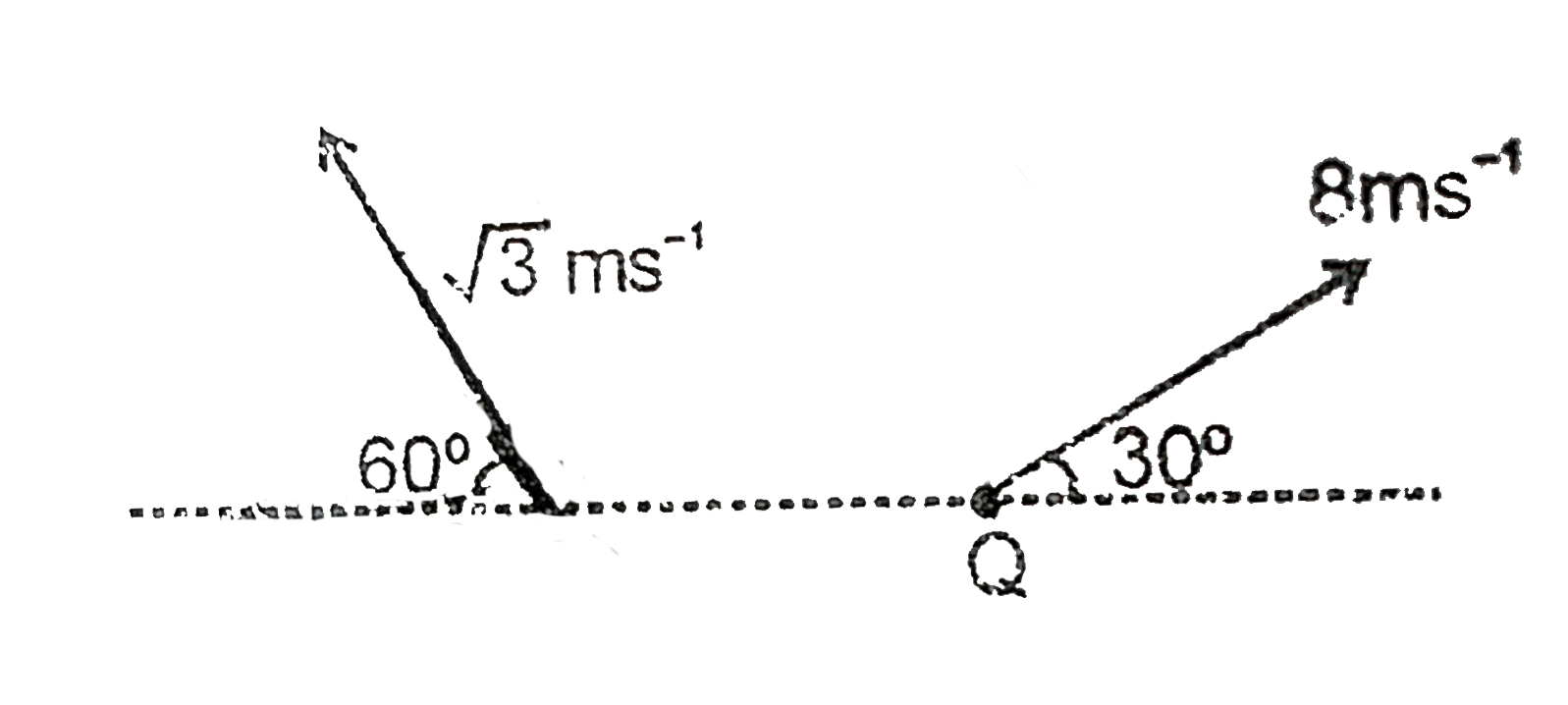 A5 rads−1B4 rads−1C2 rads−1D1 rads−1
A5 rads−1B4 rads−1C2 rads−1D1 rads−1 - Question 2 - Select One
Three particales P,Q and R are placedd as per given Masses of P,Q and R are √3m√3m and m respectively The gravitational force on a fourth particle 'S' of mass m is equal to
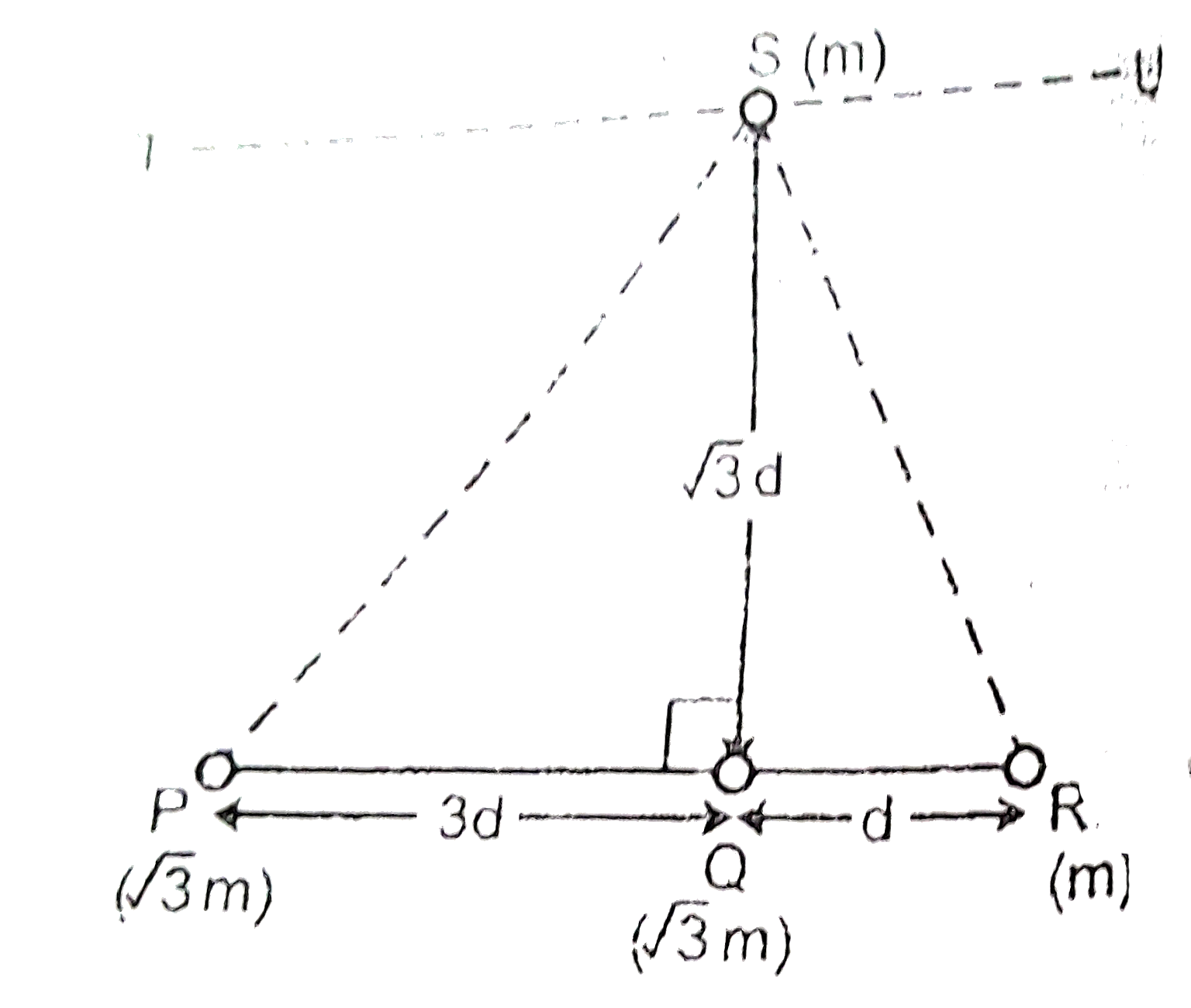 .A√3GM22d2 in ST direction onlyB√3GM22d2 in SQ direction and √3GM22d2 in SU directionC√3GM22d2 in SQ directiononlyD√3GM22d2 in SQ direction and √3GM22d2 in ST direction .
.A√3GM22d2 in ST direction onlyB√3GM22d2 in SQ direction and √3GM22d2 in SU directionC√3GM22d2 in SQ directiononlyD√3GM22d2 in SQ direction and √3GM22d2 in ST direction . - Question 3 - Select One
Two particles P and Q are projected simultaneously away from each other from a point A as shown in figure. The velocity of P relative to Q in ms−1 at the instant when the motion of P is horizontal is
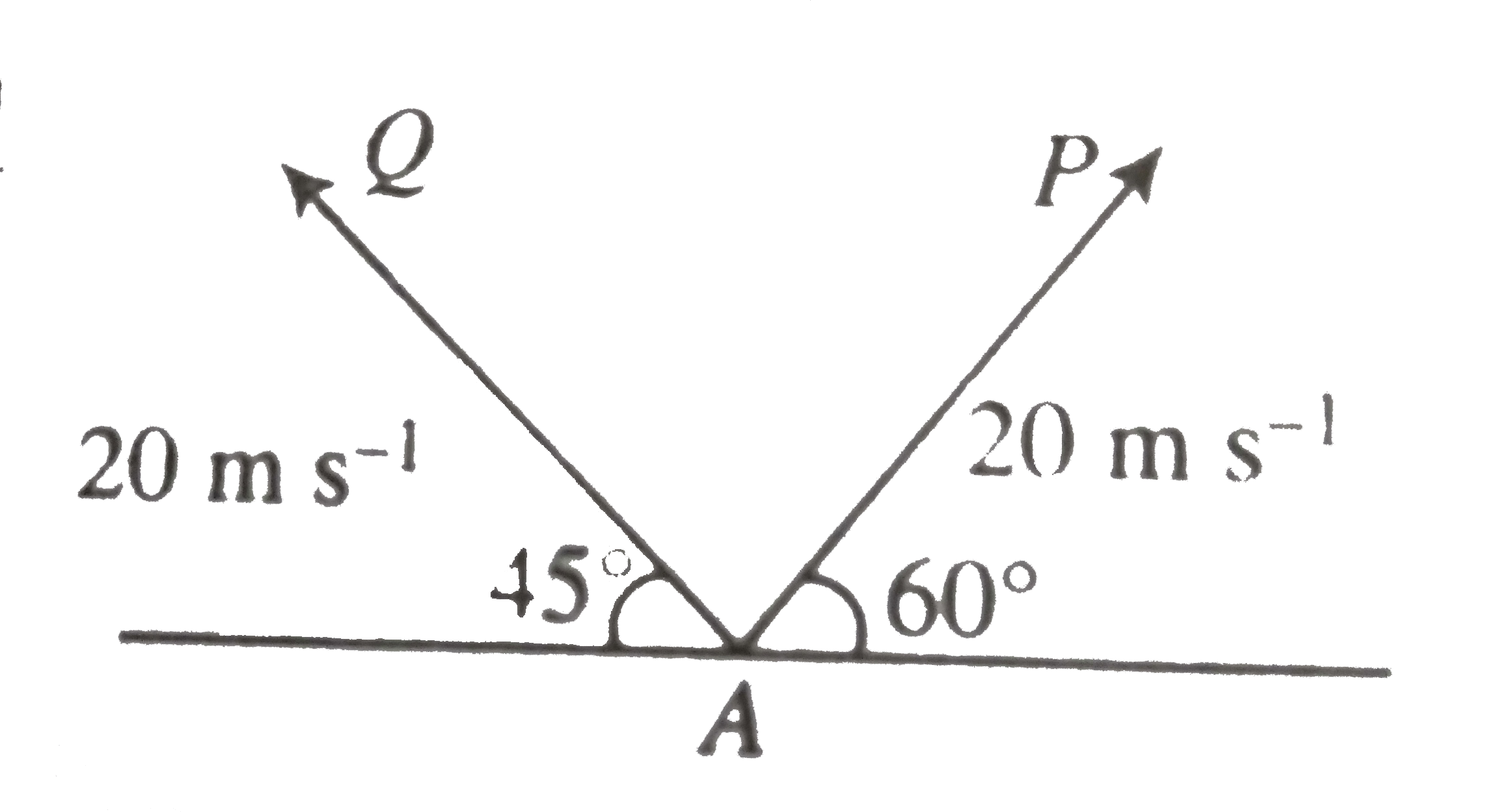 A10√4−√3B20√4−√3C10√4+√3D20√4+√3
A10√4−√3B20√4−√3C10√4+√3D20√4+√3
Two particles P and Q are moving with velocities of (i+j) and (−i+3j) respectively. At time t=0, P is at origin and Q is at a point with position vector (2i+j) .Then the shortest distance between P& Q is:
View SolutionTwo particles P and Q of masses 2 kg and 4 kg initially at a distance of 2m from each other are released. If the particles move under mutual attraction, then find speed of particles P when speed of Q is 5 cm/hour. Also find the separation between these particles at this instant.
View SolutionIf two particles of masses 3kg and 6kg which are at rest are separated by a distance of 15m. The two particles are moving towards each other under a mutual force of attraction. Then the ratio of distances travelled by the particles before collision is
View SolutionConsider a system of two particles having masses 2kg and 5 kg the particle of mass 2 kg is pushed towards the centre of mass of particles through a distance 5 m,by what distance would particle of mass 5kg move so as to keep the centre of mass of particles at the original position?
View SolutionP and Q are two objects with masses 5 kg and 30 kg respectively. Then
View Solution

